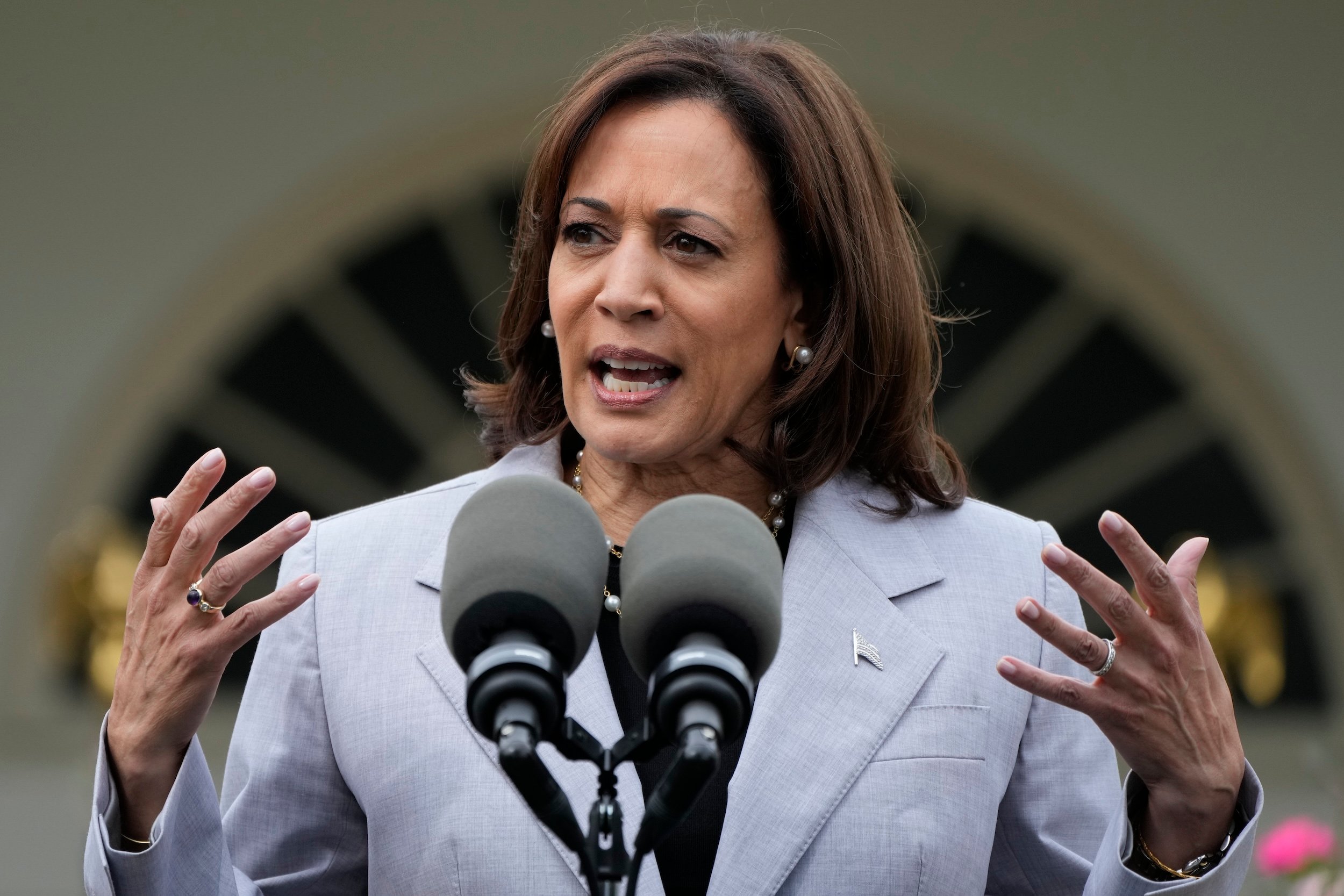A $5 million grant from the National Institutes of Health is bringing together a multi-disciplinary team of researchers from across the country to develop ways to prevent and reduce firearm injuries and deaths in children.The award represents the largest NIH funding commitment in two decades aimed at reducing gun deaths, the second leading cause of fatalities in children.
The Firearm-safety Among Children & Teens Consortium (FACTS), as the group has dubbed itself, will be comprised of more than 20 researchers at 12 universities and health systems. It will be run out the University of Michigan.
“Reducing firearm-related deaths requires an injury-prevention science,” said Rebecca Cunningham, a professor at the University of Michigan who is one of three principal investigators, in a post published on the university’s website. “If we apply that science the same way we have for car crash preventions and deaths over the years, we can likely reduce the deaths caused by gun violence.”
Joining Cunningham as lead investigators at the University of Michigan are Marc Zimmerman, a professor of public health, and Patrick Carter, an assistant professor of emergency medicine. Co-investigators are Frederick Rivara, a professor at the University of Washington, and David Hemenway from Harvard University.
The NIH grant funds five years of research. The consortium will begin its work by publishing a research agenda in an academic journal this fall. Researchers will also create an archive of child firearms-injury data. The consortium will train new researchers, including graduate students and postdoctoral fellows in fields ranging from emergency medicine and trauma surgery to data science, criminal justice, psychiatry, and psychology.
Cunningham said the grant will “jump-start the field of pediatric firearm injury prevention,” noting the need for more researchers, trainees, and junior faculty in the research area.
Cunningham told The Trace that FACTS’ website will launch around October.
Gun violence research funded by federal dollars is relatively rare. In 1996, Congress approved the Dickey Amendment, a rider to an appropriations bill that forbade the Centers for Disease Control and Prevention from funding research to “advocate or promote gun control.” As The Trace has reported, CDC leaders interpreted the rule as an outright ban on funding research involving guns, and the agency avoided the issue almost entirely.
In March, amid the public outcry that followed the school shooting in Parkland, Florida, lawmakers inserted a brief passage into the federal spending bill clarifying that the CDC is, in fact, permitted to research gun violence. However, the budget bill included no specific funding for research involving firearms, leaving experts skeptical that the status quo would change.
The NIH has been subject to the Dickey Amendment since 2012. The agency, which has a budget three times that of the CDC, has continued to discreetly fund research on firearms injuries. Compared with other areas of study, however, the NIH’s levels of funding for gun violence have historically been low — making the grant announced this week all the more significant.
“I have written extensively about success stories in reducing injury and violence,” Hemenway, the Harvard researcher, told the University of Michigan’s website. “In every one, research was important. It’s something we haven’t had enough of in our societal efforts to reduce firearm violence.”


